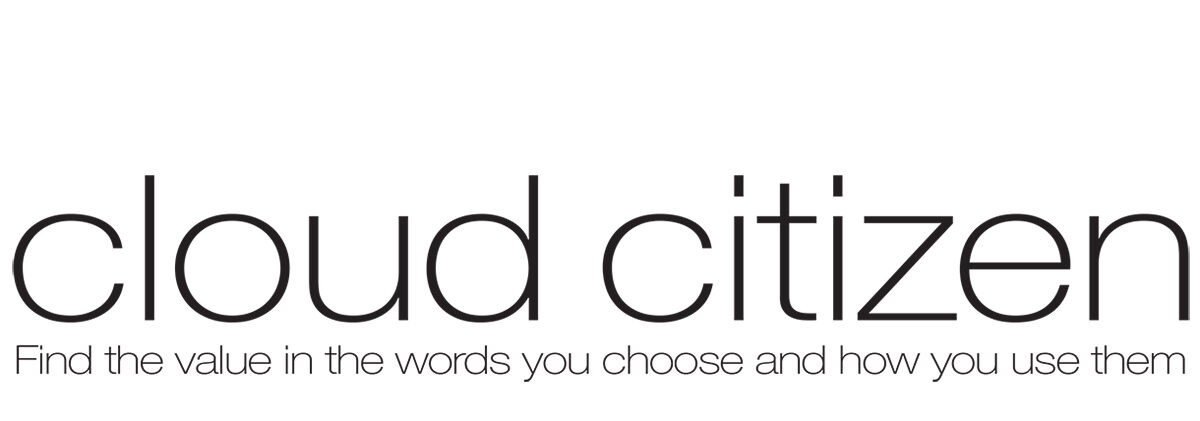
When attempting to capture what is known, to ensure it meets need and expectation, every word that is written must be reviewed.
If you aim to create quality documentation, the process of review by appropriate experts is every bit as important as that of commissioning and creation.
Not least, it is the check that everything that should have been included has been, to the levels of quality expected.
If the knowledge a document contains is highly specialised, this process of review might almost certainly include oversight by an appropriately qualified technical expert to validate the work and its accuracy.
Then, the review for editorial quality should ensure that aims for readability, accuracy and user comprehensibility aren’t corrupted by poor spelling and grammar, or presentational sloppiness.
In the bank, however, the fact that such checks hadn’t been designed into its processes meant that through the absence of prescription, a wholly uncertain proportion of its documentation could ever be assumed to jump the necessary quality hurdles.
…
As in the sidebar to the right, the menu of pieces in this series runs as follows:
Start here to build new, smarter AI-driven business productivity
How expectations held of even the best social workplace software can fall short
Challenges of mapping organisational knowledge for AI
What makes managing workplace social content different
This basic AI challenge is present in every organisation
In capturing workplace knowledge, the devil is always in the detail
The lost opportunity of poor documentation
You need a process for commissioning new material
Questions to ask when trying to create the documentation that can deliver superior AI
